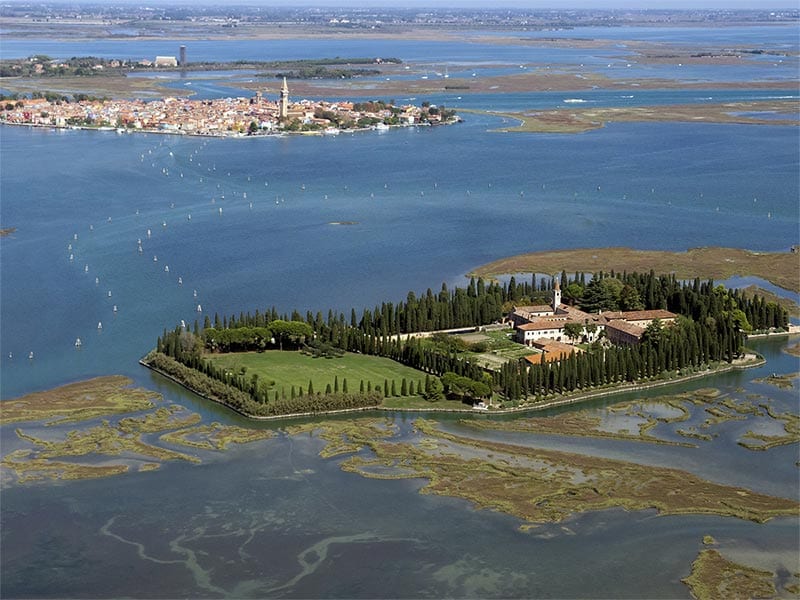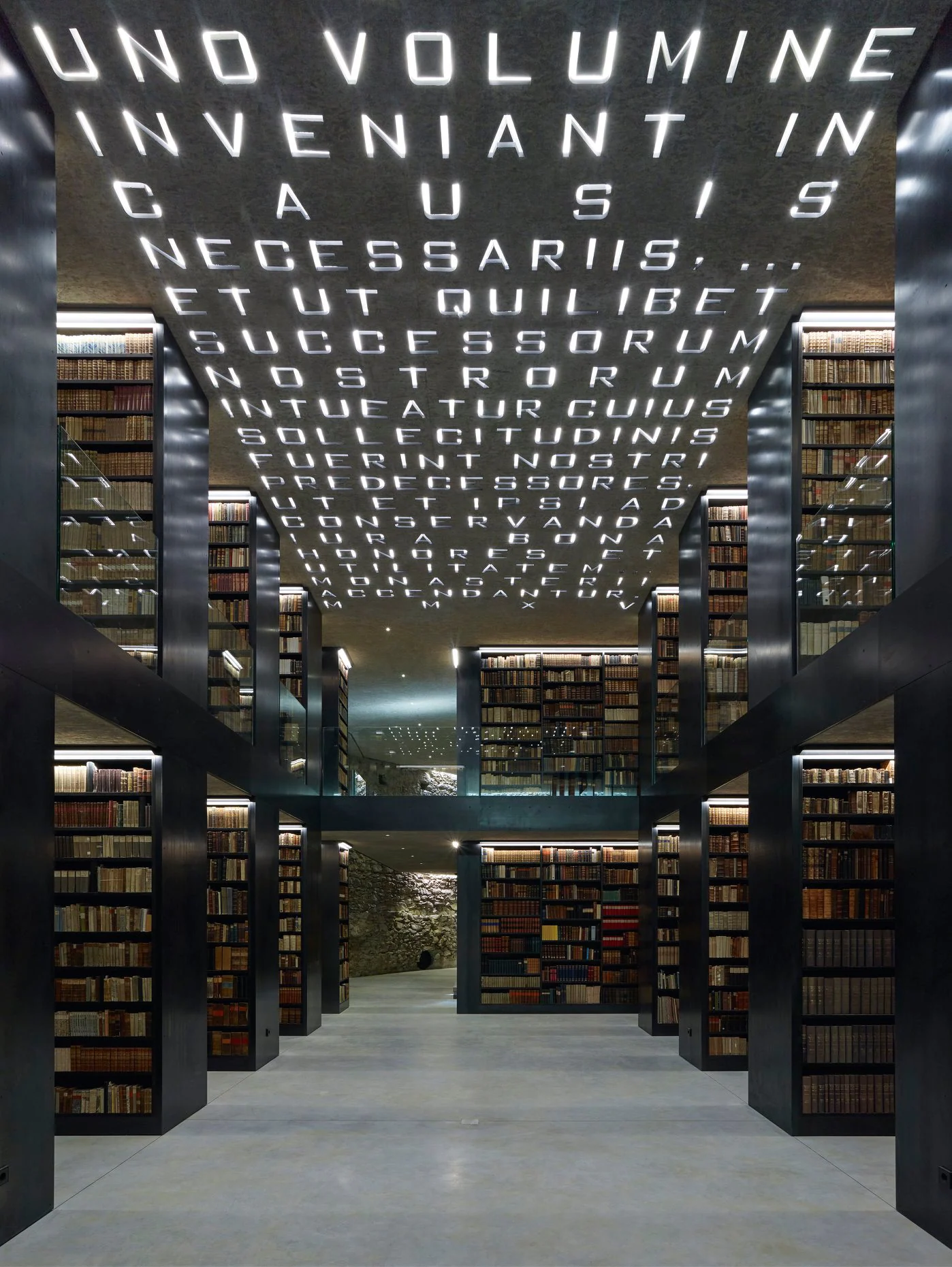Only one person for the shooting, no artificial light or background music, no comments: it is under these conditions that twenty years ago the prior of the Grande Chartreuse opened the doors of the ancient Carthusian monastery in the Grenoble Alps to the director Philip Gröning to allow him to resume the life of the monks. The great silence is the title of the resulting film, one of the most appreciated by audiences and critics in 2005, the year of its release, despite its 162 minutes almost completely devoid of human voices. Despite, or maybe thanks.
Meditated silence, meaningful repetition of gestures, the rhythm of life marked by the times of nature: this is what attracts believers or not towards life far from the world. Which can be experienced, at least for a few days, thanks to the various hospitality formulas offered by the communities. Certainly not everyone is willing to share that lifestyle until they want to start their day at 5.20, the time of the first morning praises, do not touch the cigarettes and dine in perfect silence. But to explore specialized sites, for example ospitalitareligiosa.com And monasterystays.com, we discover a geographical, historical, artistic and experiential variety worthy of the richest and most worldly travel agencies. However, it is always the search for a different daily life that leads to millenary abbeys, hermitages hidden in the forests, thoughtful cloisters.
One could follow the example of St. Francis himself, who was looking for a place for a spiritual retreat on his return from his trip to Egypt: it was 1220 and he landed on a small island in the Venetian lagoon, which has been called since the fifteenth century San Francesco del Deserto. Surrounded by the peace of the water, you can stay there, ideally for a weekend, thanks to a specially equipped guesthouse. Equally remote is theCelestinian Hermitage of Our Lady of the Altar, perched on a cliff of Mount Porrara, in Abruzzo, and built in one of the places where Pietro Angelerio, future Pope Celestino V, took refuge to seek consolation from the world. The building has fourteenth-century origins, is over 1,200 meters high and can be reached by a path in the woods: it offers 30 beds with use of the kitchen, where you can eat together, but in silence. In the rooms, the elegant touch of Abruzzo blankets, while herbal teas with local herbs and books replace the strictly absent wi-fi.
A connection that is instead admitted in the equally towering Benedictine abbey of Marienberg, in Malles: stands at 1,333 meters in the Upper Venosta Valley, a figure that gives it the primacy of the highest Benedictine abbey in Europe and has developed over the centuries as a cultural center also thanks to its magnificent library, redesigned – like other parts of the structure – in a contemporary sense by the architect Werner Tscholl, already the author of other symbolic buildings of South Tyrolean architecture, such as one of the Messner museums and the Cantina di Termeno. Even the guest rooms are perfect for those who love minimalism, furnished only with a bed and desk (but of design).
Bibliophilia can lead to the other end of the peninsula, in the large abbey complex of San Martino alle Scale immersed in the cool woods of Monreale, founded by San Gregorio Magno in the sixth century: here the library houses 35 thousand volumes, including precious illuminated manuscripts created in the ancient scriptorium, and is also accessible to those who ask for hospitality, preferably (as they underline monks), for a maximum of one week.
Nature, art and yourself: holidays away from the world in abbeys and monasteries


